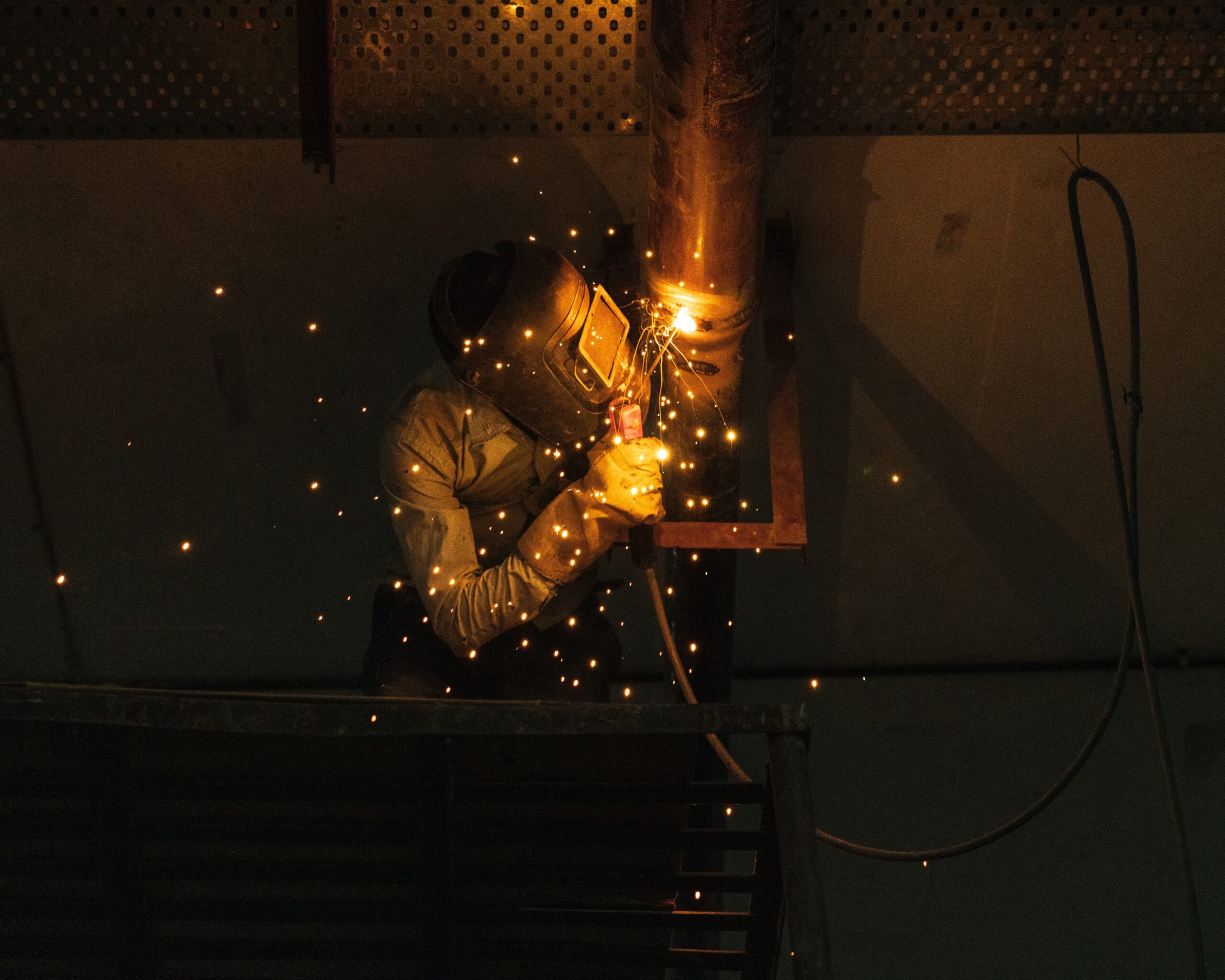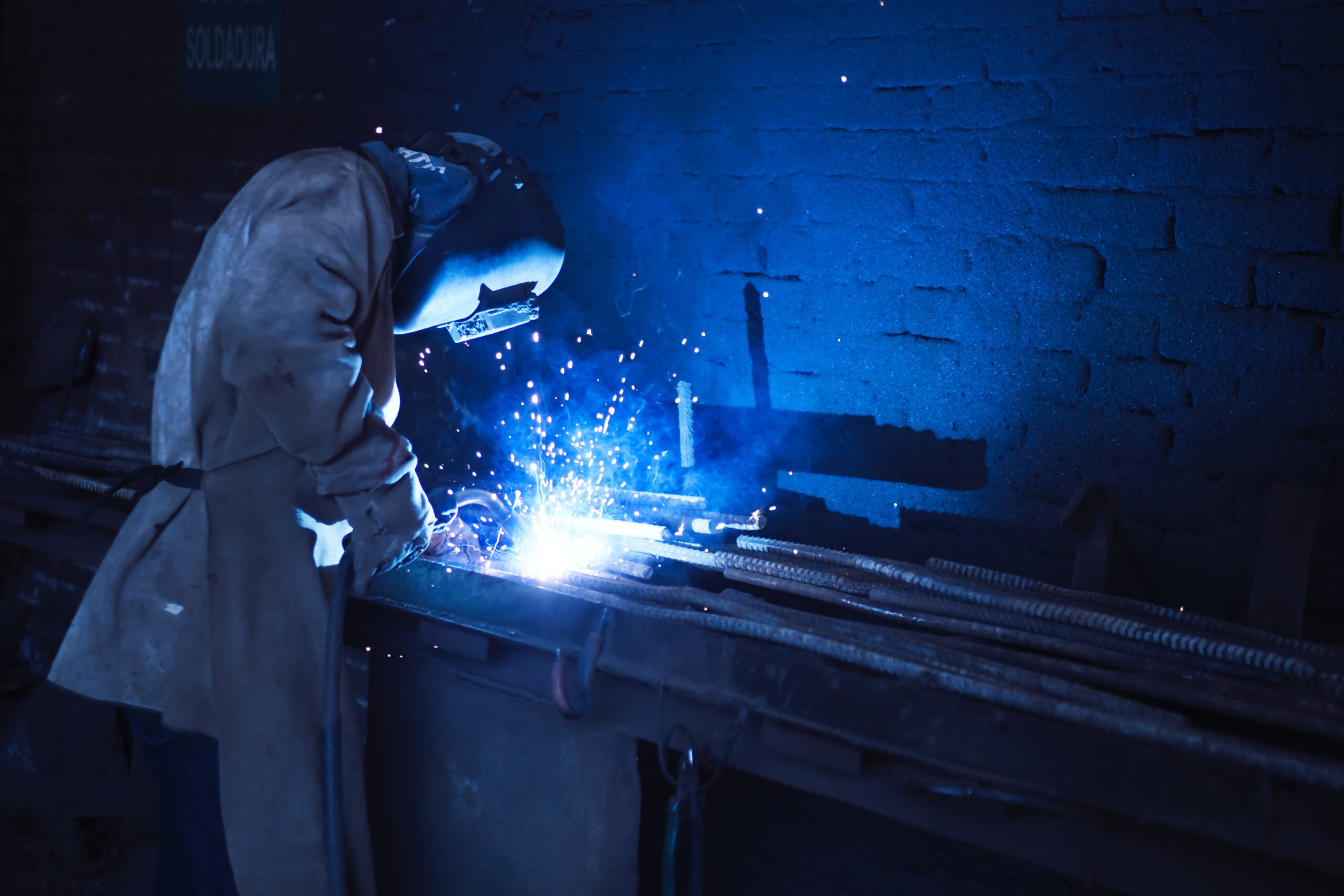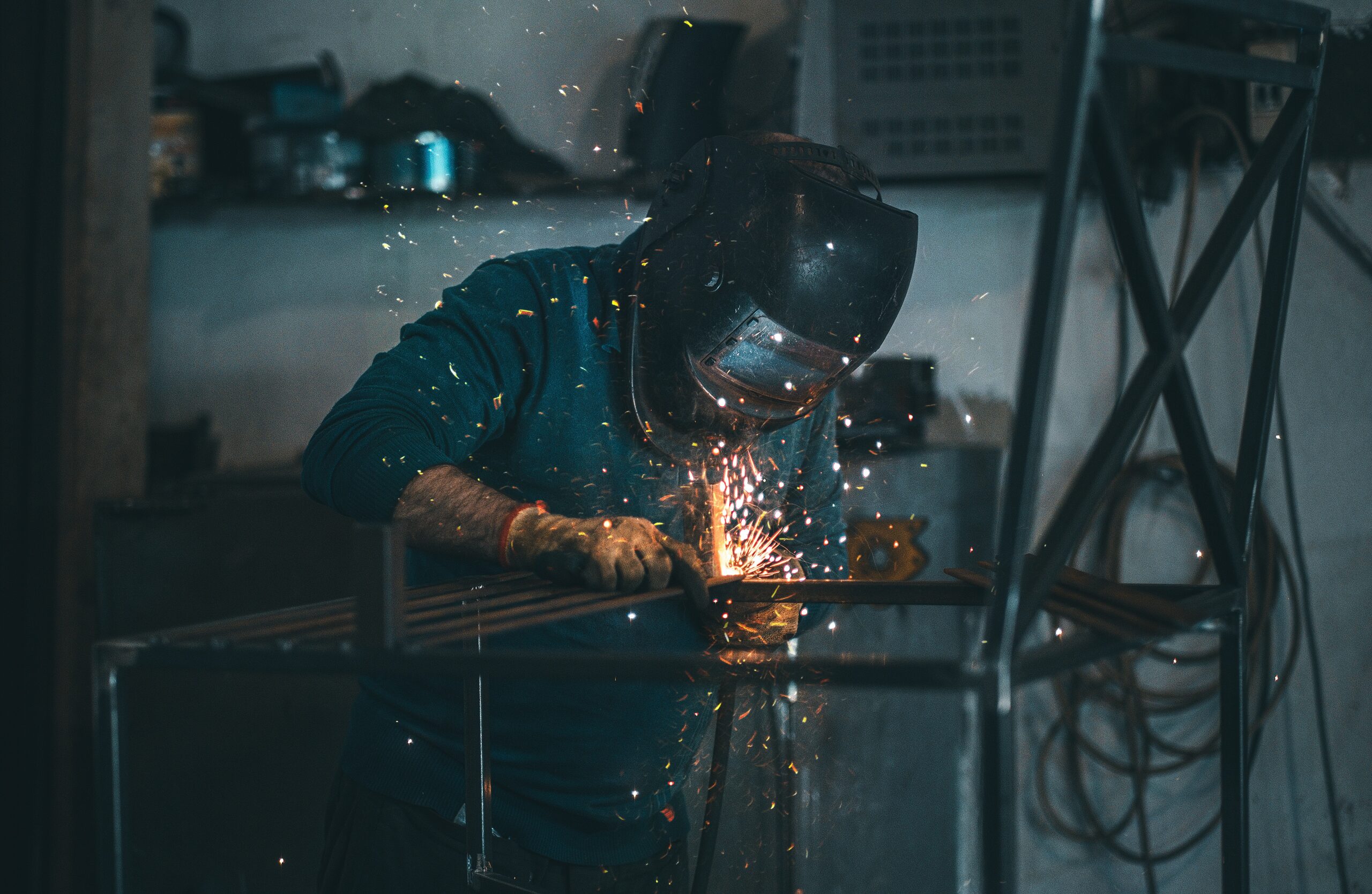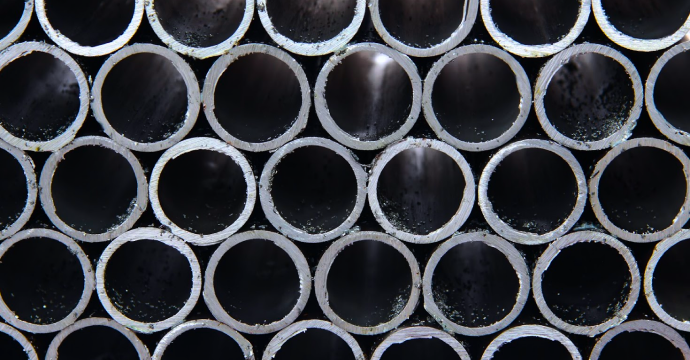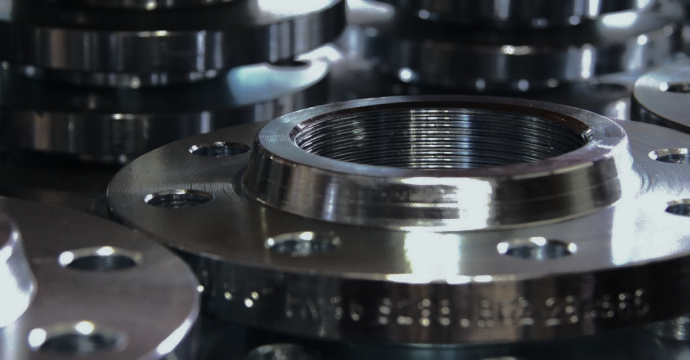Weldability expresses the suitability of a metal with a given sensitivity to welding to form a metallic continuous joint of the required utility under specific welding conditions.
The sensitivity of steel to welding is the result of the metallurgical processing and possible technological processes preceding welding. The sensitivity of steel to welding depends on its chemical composition as well as its structure. For example, increased sulfur content in welded steel can cause hot or lamellar cracks to form during welding. The presence of metallurgical impurities in the form of free nitrogen in the steel may pose a risk of brittle cracks both during welding and during the operation of the welded structure.

